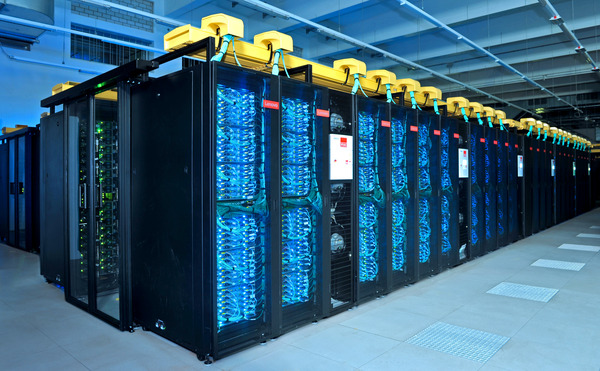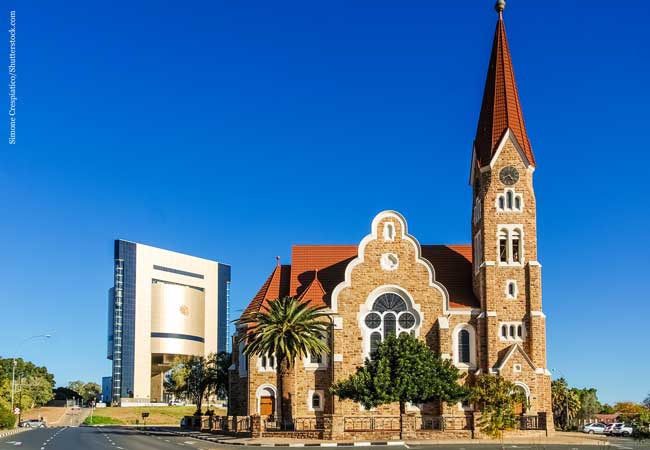
In order to simulate double neutron star systems, the Frankfurt physicist Professor Luciano Rezzolla will be allotted 102 million CPU hours on the supercomputer “superMUC” at the Leibniz computing centre in Garching near Munich
“The computing time has a value of about € 10 million and is to my knowledge one of the most extensive granted by the Gauß-Allianz to Goethe University,” reports Luciano Rezzolla, Senior Fellow at the Frankfurt Institute for Advanced Studies (FIAS) and professor for theoretical astrophysics at Goethe University. He will use the computing time to create more precise models of double star system mergers.
Neutron stars are unbelievable dense balls of core material, created by the explosion of a supernova. The extreme density, temperatures and gravitation effects cannot be reproduced in physical experiments on earth, leaving observations by astronomers and computer simulations as the only alternatives. A colliding double star system of two neutron stars can therefore be classified among the “royal league” of universe events. Describing such a system with a computer requires the execution of elaborate numerical simulations. They must reconcile the equations of the general theory of relativity with those of the relativistic hydrodynamics and magnetohydrodynamics and in addition, the complex microphysics from the merging of two neutron stars must also be taken into account.
On 17 August 2017, the collision of two double stars was able to be investigated for the first time using all the means of modern astronomy. It led to the refutation of several theories regarding the internal construction of neutron stars. What they really look like internally remains unclear. It is up to theoreticians such as Luciano Rezzolla to create more precise models and predictions using the new data.
“The computing time granted by the Gauß-Allianz allows us to simulate the gravitational waves and electromagnetic signals from double neutron star systems more precisely and predict their core structure more accurately. The granting of this computing time gives us a valuable means to advance science,” says Rezzolla.
The Gauß-Allianz supports the scientific community in Germany by creating the conditions for sustainable and efficient use of supercomputing resources of the top performance classes, in particular through the coordination and pooling of complementary skills and diversified computer architectures and the associated access structure. It promotes High Performance Computing as an independent strategic research activity and improved international visibility of German research efforts in this field.








